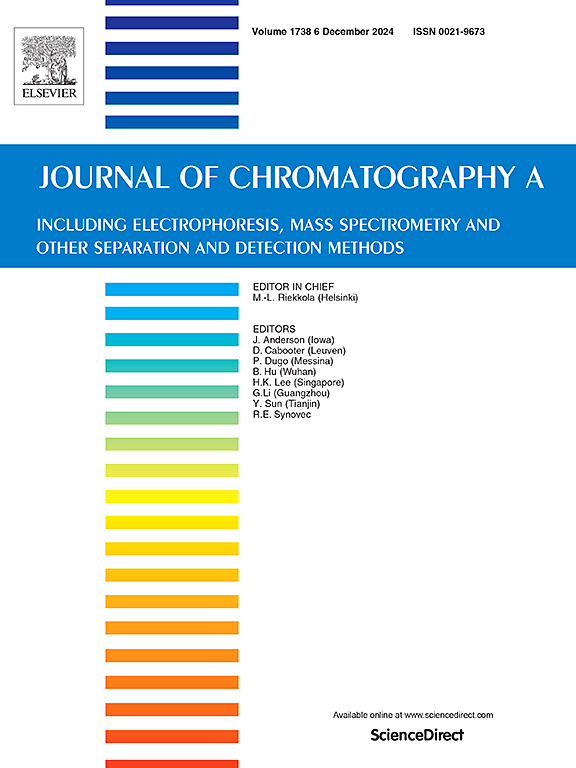机器学习增强了蛋白质色谱的工艺设计
IF 4
2区 化学
Q1 BIOCHEMICAL RESEARCH METHODS
引用次数: 0
摘要
数字设计质量(QbDD)采用硅实验来减少对湿实验室的依赖并加速开发。设计空间识别对于QbDD克服瓶颈和简化流程设计至关重要。传统的设计空间识别方法需要昂贵、高保真的模型。这项工作介绍了一种利用湿实验室数据的机器学习增强的设计空间识别方法。通过利用使用现成机制模型创建的合成数据集,在有限的数据可用性下开发了迁移学习框架。通过构建人工神经网络,对高、中、低数据可用性(HDA、MDA、LDA)下的可行设计区域进行分类。结果表明,数据驱动方法在HDA中具有较强的性能,迁移学习提高了MDA的准确性,并且在LDA中至关重要。这种方法证明了机器学习在早期生物制药开发中实现成本和时间效率高的工艺设计的潜力。本文章由计算机程序翻译,如有差异,请以英文原文为准。
Machine learning enhanced process design in protein a chromatography
Quality by Digital Design (QbDD) employs in-silico experimentation to reduce wet-lab reliance and accelerate development. Design space identification is critical for QbDD to overcome bottlenecks and streamline process design. Traditional design space identification methods require costly, high-fidelity models. This work introduces a machine learning-enhanced design space identification approach that utilises wet-lab data. A transfer learning framework is developed under limited data availability by leveraging synthetic datasets created using off-the-shelf mechanistic models. An artificial neural network is constructed and used to classify feasible design regions under high, moderate, and low data availability (HDA, MDA, LDA). Results show strong performance in HDA for the data-driven method, with transfer learning improving accuracy in MDA and being essential in LDA. This approach demonstrates machine learning’s potential to enable cost- and time-efficient process design in early-stage biopharmaceutical development.
求助全文
通过发布文献求助,成功后即可免费获取论文全文。
去求助
来源期刊

Journal of Chromatography A
化学-分析化学
CiteScore
7.90
自引率
14.60%
发文量
742
审稿时长
45 days
期刊介绍:
The Journal of Chromatography A provides a forum for the publication of original research and critical reviews on all aspects of fundamental and applied separation science. The scope of the journal includes chromatography and related techniques, electromigration techniques (e.g. electrophoresis, electrochromatography), hyphenated and other multi-dimensional techniques, sample preparation, and detection methods such as mass spectrometry. Contributions consist mainly of research papers dealing with the theory of separation methods, instrumental developments and analytical and preparative applications of general interest.
 求助内容:
求助内容: 应助结果提醒方式:
应助结果提醒方式:


